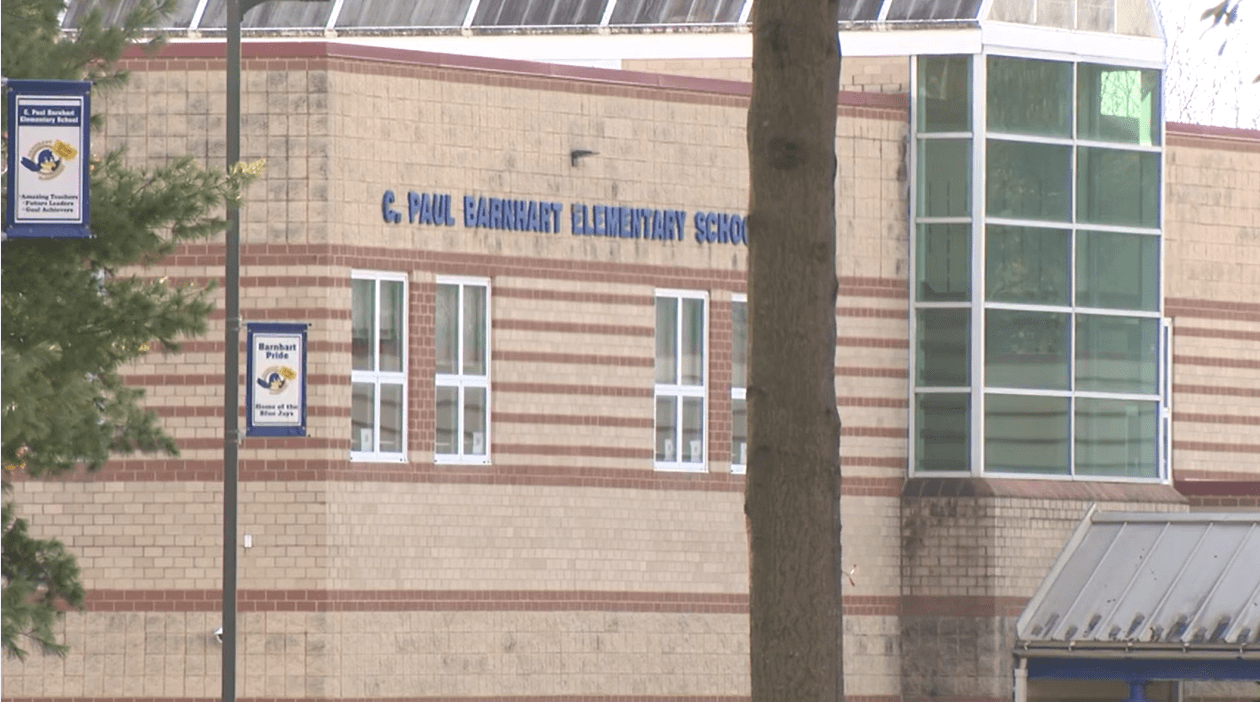SAN DIEGO (Border Report) — Al Leos spent three months in a hospital undergoing several surgeries to remove bullets from his arms, stomach, chest, and right leg; he then spent two years in therapy healing from his injuries.
Leos was wounded on July 18, 1984, in what became known as the “McDonald’s massacre.”
James Huberty, an unemployed security guard, walked into the restaurant intent on “hunting for humans” as he told his wife when he left his apartment and headed into infamy.
During a 77-mimute shooting spree, Huberty killed 21 people and wounded 19 others including Leos who was a cook at the restaurant.
“I had just started there, been there three weeks, that was my first job, summer job,” said Leos. “I still remember minute by minute what happened while I was inside the McDonald’s when Huberty started shooting and killing everyone, reliving it reminds you of the fact how fragile life is, but this keeps me grounded and it’s kept me grounded my whole life.”

On that day, the 17-year-old Leos may not have lost his life, but the incident cost him his dream of playing college football.
“When the incident first happened, I was a little upset; I was an athlete; we had just won CIF the year before,” said Leos. “I was a defensive back for Chula Vista, played at what used to be Jack Murphy Stadium my junior year, and we won the championship, so this happened right before my senior year; I was going to work for that scholarship at San Diego State.”
While recovering, Leos joined a police cadet program with the National City Police Department.
“I learned about police work for three years.”
After getting better, he was accepted to a regional police academy and hired by the San Diego Police Department.
“I’ve been a police officer for 37 years because of that incident.”
Leos is now a Police Captain, but his first job was patrolling the department’s southern division, which included the very area where the McDonald’s massacre had taken place.
He says he never felt anxiety but enjoyed being in the area.
“I enjoyed San Ysidro; we lived there for a while. The community of San Ysidro has always been good to my family and us. I always enjoyed being around the people,” he said. “The community embraced everyone that was killed, their families, those that survived, their family members, community wanted to help us in many ways including financially.”
Leos admitted it took him several years to recover from the ordeal, knowing he had been left for dead in the basement at the restaurant.
“When I was downstairs, losing consciousness in that closet, bleeding out, putting a tourniquet on my arm and my leg, and not knowing if I was going to make it, that’s when I said a prayer that I wanted to see my family one last time before God took me away, when you start to lose consciousness because you’re bleeding out, you’re starting to get cold, starting to get the shakes, not knowing if you’re going to make, not knowing if they’re going to come down and save you if he’s going to come down and shoot me to finish me off, so when I said that prayer it calmed me down.”
Leos wants people to remember what happened 40 years ago in San Ysidro, a small community just north of the border.
Some victims were Tijuana residents who had stopped at the McDonald’s for a quick meal on their way home.
“Twenty one of them, people should know they were human beings, babies, women, children, fathers, sons, daughters, it was horrible, horrific,” said Leos. “At the end of the day, I got a second chance, God spared my life and kept me here.”
To listen to Al Leos’ full interview and his accounts of the McDonald’s massacre, click below.










































































































